Understanding Dog Training Techniques

Positive reinforcement training is a widely recognized and effective dog training technique. By rewarding desired behaviors with treats, praise, or toys, dogs are encouraged to repeat those behaviors. This method reinforces your dog’s positive actions and fosters a strong bond between you and your pet.
Another popular training technique is clicker training. This involves using a small device that makes a distinct clicking sound to mark desired behaviors. The click serves as a signal to the dog that they have done something right, followed by rewarding them with treats or praise.
Both positive reinforcement and clicker training focus on motivating and encouraging dogs rather than using punishment or force. These techniques create a positive environment for learning and ultimately lead to successful training outcomes.
Understanding positive reinforcement training

Positive reinforcement training is a highly effective method in dog training that focuses on rewarding desired behaviors rather than punishing unwanted behaviors. This technique involves using rewards such as treats, praise, or toys to reinforce good behavior and encourage repetition. By providing positive reinforcement, dog owners can effectively communicate their expectations to their furry companions.
The key to successful positive reinforcement training is timing. Dogs need to understand that the reward they receive is directly related to their behavior. This means that the reward should be given immediately after the desired action occurs. Consistency and repetition are also important in this training method. Regular practice and reinforcement of good behavior will help solidify the desired habits in dogs.
By using positive reinforcement, dog owners can create a strong bond with their pets and foster a positive learning environment. This method not only teaches dogs new commands but also promotes their emotional well-being by building trust and confidence. Positive reinforcement training is a powerful tool for shaping desirable behaviors, making it an essential approach for any owner looking to unlock their dog's training potential.
Understanding clicker training

Clicker training is a popular and effective dog training technique that utilizes a small handheld device called a clicker. This method relies on the use of positive reinforcement to communicate with and train your dog.
The basic concept of clicker training involves associating the sound of the clicker with a reward, such as a treat or praise. By clicking the device at the exact moment your dog performs a desired behavior, you can effectively mark that behavior and let your dog know they have done something right. This allows for precise timing and clear communication during training sessions.
Using clicker training can help your dog quickly understand which behaviors are desirable, making it easier to shape their behavior and reinforce positive habits. It is also a great way to strengthen the bond between you and your furry friend through positive reinforcement and clear communication.
Creating a Positive Training Environment
To create a positive training environment for your dog, it is important to set up a designated training area where you can focus and work together. This area should be free from distractions such as noise and other animals. It should also be a safe space where your dog can feel comfortable and at ease.
In addition to the physical environment, it is crucial to cultivate a calm and focused atmosphere during training sessions. This means maintaining a composed demeanor and using gentle, encouraging tones. Avoid yelling or harsh punishments as they can create fear and anxiety in your dog.
Creating a positive training environment helps to build trust and strengthen the bond between you and your furry friend. Consistency is key, so make sure to reinforce these positive aspects throughout all stages of your training journey.
Setting up a designated training area
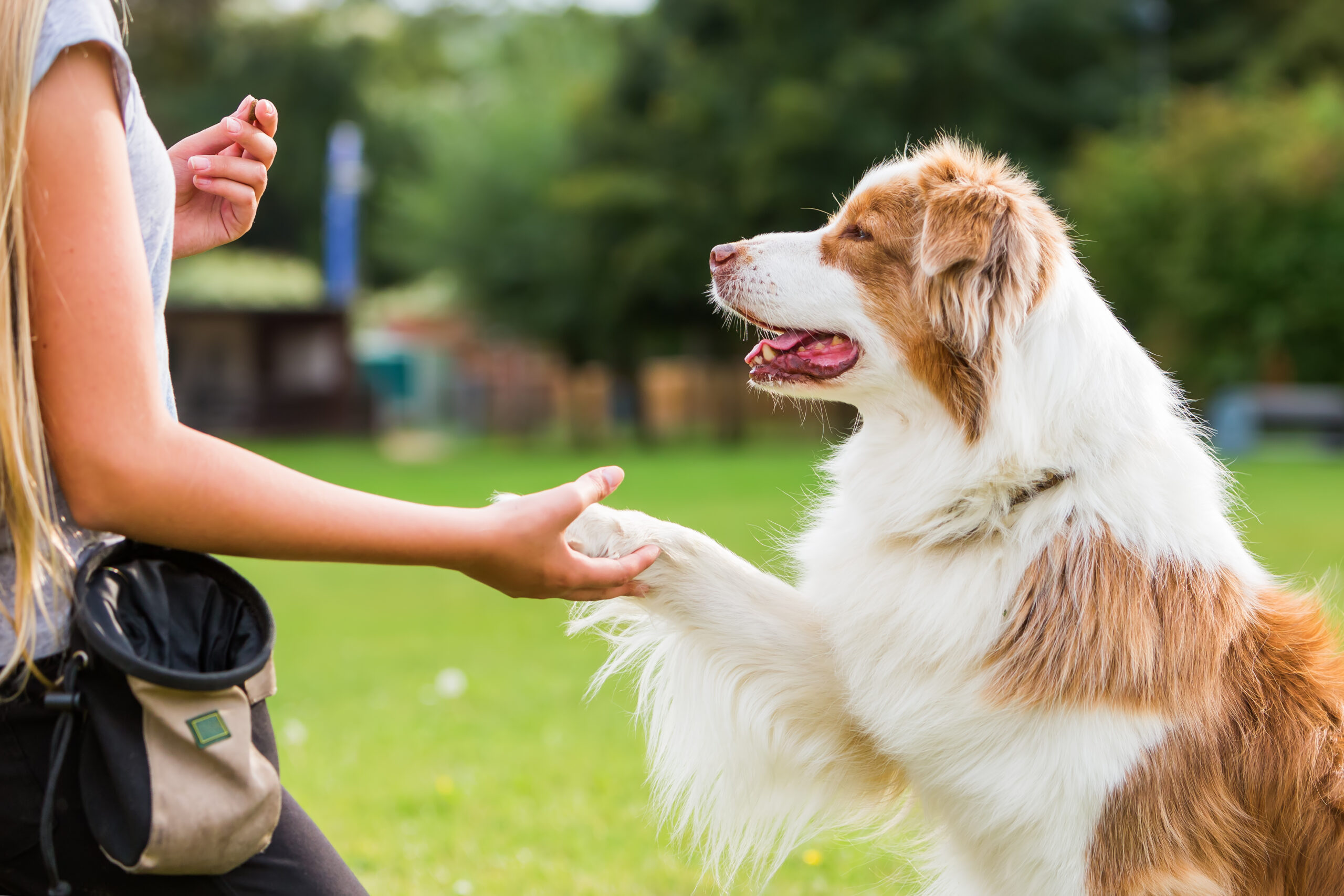
To effectively train your dog, it is important to create a designated training area where you can focus on teaching them new commands and behaviors. This area should be free from distractions and provide enough space for both you and your dog to move comfortably.
Begin by selecting a quiet area in your home or yard where you can work with your dog without interruptions. Clear out any unnecessary objects or furniture that may get in the way. Make sure the area provides enough room for your dog to sit, stand, and move around.
Create a positive environment by placing treats, toys, and training tools nearby. Consider using visual markers or boundaries, such as cones or mats, to clearly define the training space.
Having a designated training area will help your dog associate that specific location with learning and reinforce their understanding of commands and behaviors.
Developing a calm and focused atmosphere
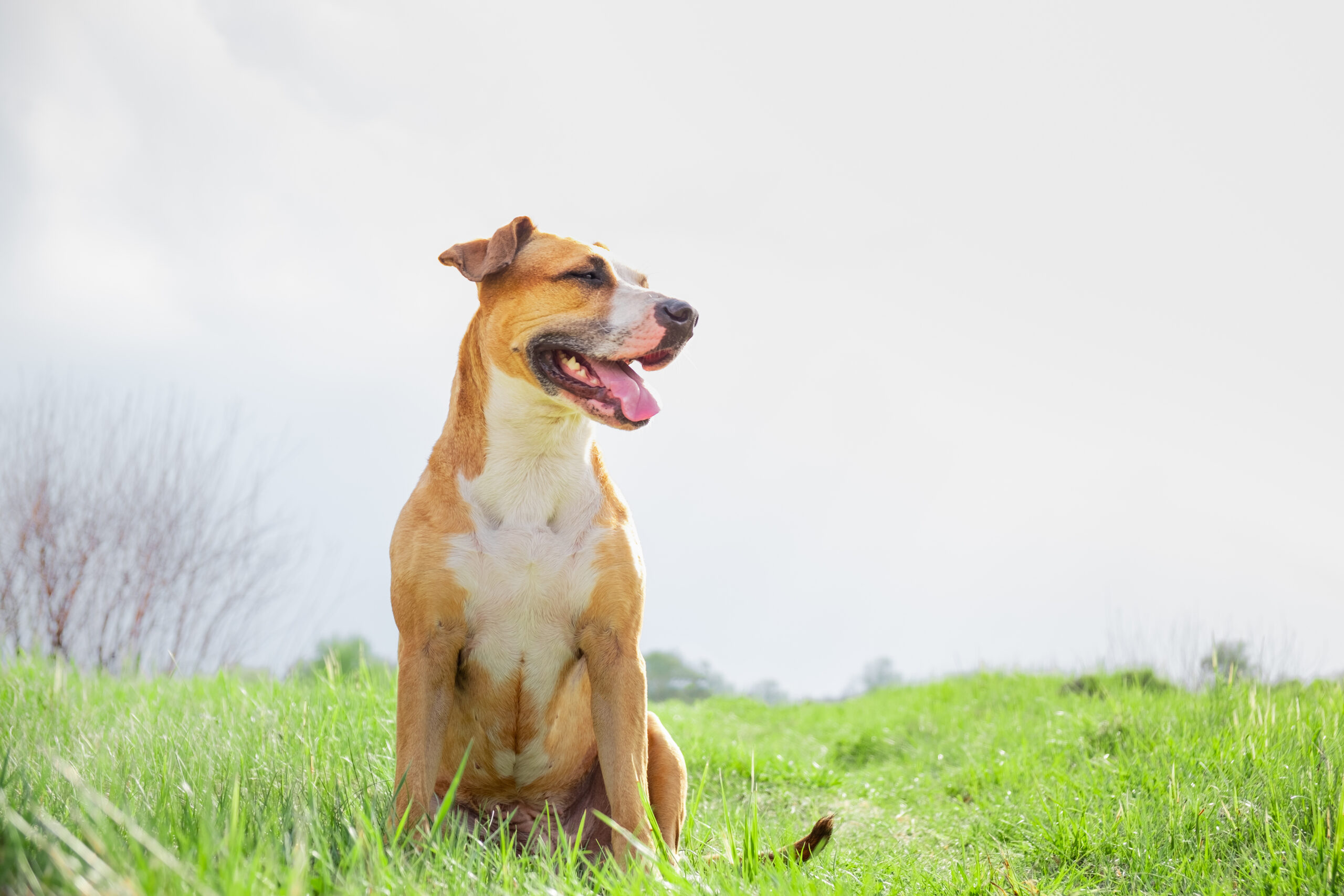
To create a calm and focused atmosphere during dog training sessions, it is important to eliminate distractions and establish a peaceful environment. This can be done by finding a quiet area in your home or backyard where you can concentrate solely on the training. Remove any toys or objects that may distract your dog during the session.
Additionally, ensure that both you and your dog are in a relaxed state before beginning the training. Take a few moments to breathe deeply and clear your mind of any distractions. This will help set the tone for a productive training session.
Maintaining a calm and focused atmosphere is crucial for effective communication between you and your furry companion. By providing an environment free from disruptions, you are setting the stage for successful training outcomes.
Teaching Basic Commands
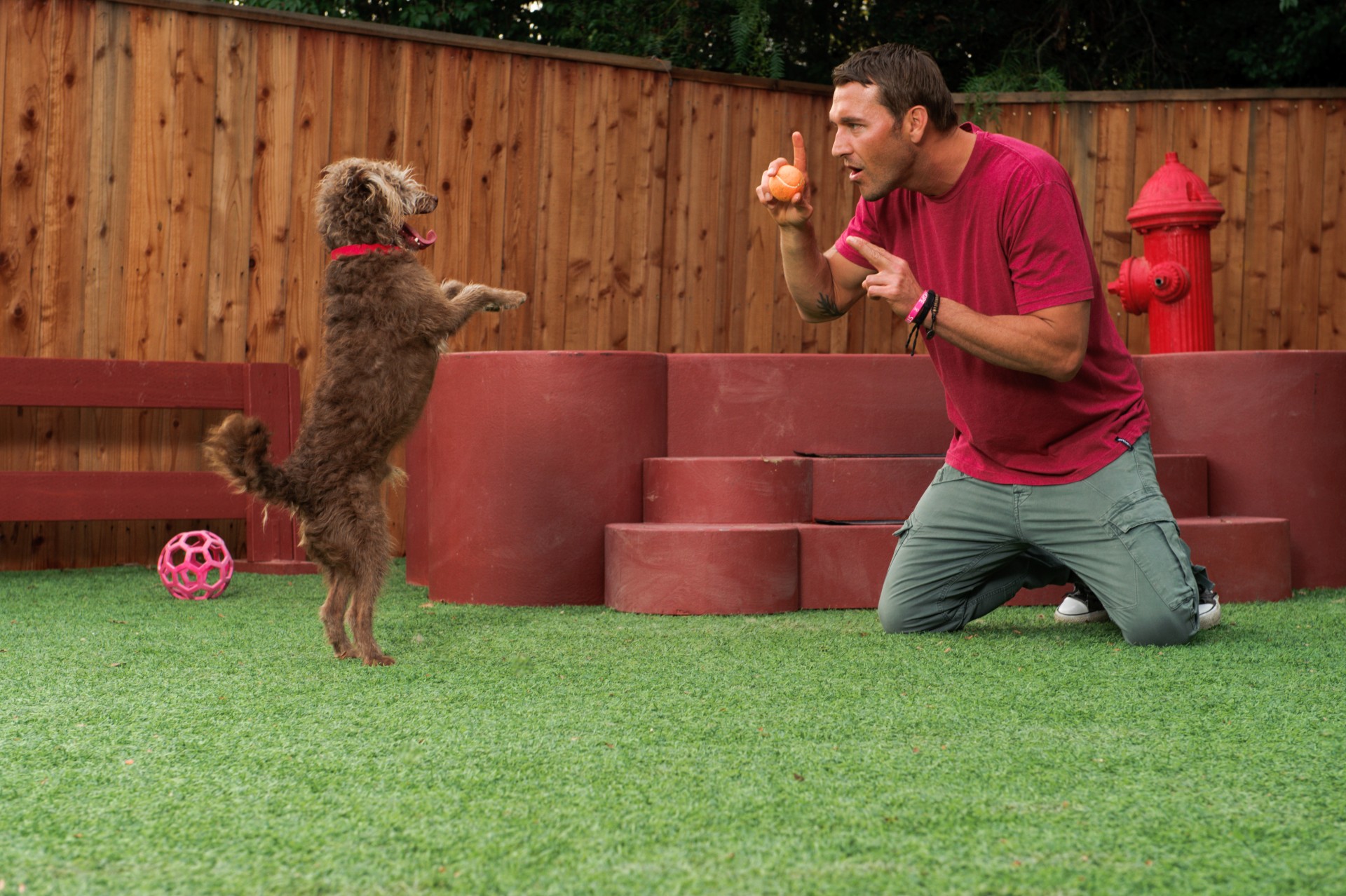
Teaching basic commands is an essential part of dog training. It establishes a foundation for effective communication between you and your furry friend. One of the first commands to teach is the sit command. To do this, hold a treat above your dog's head and move it back over their shoulders. As their head follows the treat, their bottom will naturally lower into a sitting position. Pair this action with the verbal cue "sit" and reward them when they comply. Another important command is the stay command. Start by having your dog sit, then take a small step back while saying "stay." Gradually increase the distance as they become more comfortable with the command. Remember to always reward and praise your dog for their successful execution of these basic commands.
Teaching the sit command

To teach the sit command to your dog, follow these simple steps. Start by holding a treat close to your dog's nose, then slowly raise it above their head. As their gaze follows the treat, their naturally tendency will be to lower their rear end towards the ground. As soon as they sit down, say "sit" and give them the treat as a reward. Repeat this process several times until your dog understands the command. Eventually, you can gradually remove the treat from your hand and simply use the verbal cue "sit." Practice in different locations and with varying distractions to ensure that your dog can reliably perform the sit command in any situation.
Teaching the stay command

To teach the stay command to your dog, there are a few simple steps you can follow. Begin by commanding your dog to sit or lie down. Once your dog is in position, give the verbal cue "stay" while using a hand gesture to reinforce the command. Take a step back and wait for a few seconds. If your dog remains in place, reward them with praise and a treat. Gradually increase the duration of the stay, taking more steps back each time. If your dog starts to move, calmly return them to the original position and start again. With consistent practice and positive reinforcement, your dog will learn to stay in place even when faced with distractions. Remember to always praise and reward your dog for successfully staying, building their confidence in the command over time.
Building Recall with the Come Command
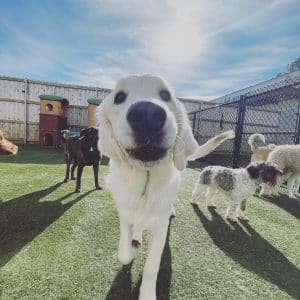
Teaching a dog to come when called is an essential command for their safety and your peace of mind. Building recall with the come command requires patience and consistency.
To start, begin practicing indoors in a low-distraction environment. Use a leash and gently guide your dog towards you while saying "come." Reward them with praise and treats when they reach you. Gradually increase the distance between you and your dog, always using positive reinforcement.
Once they have mastered the indoor recall, it's time to move outside. Begin in a fenced area or on a long leash for added security. Practice in different locations, gradually increasing distractions. Always reward your dog when they come to you promptly.
Building recall takes time, so be patient with your furry friend. Consistent practice and positive reinforcement will ensure that your dog's recall becomes reliable in any situation.
Teaching the come command indoors

To teach the come command indoors, begin by creating a positive and controlled environment. Start in a small, enclosed space to minimize distractions. Have some treats or a favorite toy ready as a reward for your dog's successful response. Call your dog's name followed by the command "come" in a clear, upbeat tone. Use encouraging body language, such as crouching down or patting your legs, to entice your dog towards you.
When your dog approaches you, reward them with praise and a treat or playtime with their toy. Repeat this exercise several times, gradually increasing the distance between you and your dog. Remember to always use positive reinforcement and keep training sessions short and fun. With consistent practice, your dog will quickly learn to come to you on command indoors.
Reinforcing the come command outdoors

To reinforce the come command outdoors, it is important to gradually increase the level of distractions and difficulty. Start by practicing in a quiet and controlled outdoor environment, such as a fenced yard or a low-traffic park. Use a long leash to provide control and safety while allowing your dog some freedom to roam.
Begin by calling your dog using the come command and rewarding them with praise and treats when they respond correctly. Gradually introduce distractions, such as other people or dogs, and practice the come command in different locations. Reward your dog generously for their successful response.
Consistency is key when reinforcing the come command outdoors. Ensure that every time you use the command, you are consistent with your cues and expectations. With time and practice, your dog will become reliable in their response to the come command even in more challenging outdoor environments.
Addressing Common Training Challenges

Dealing with distractions during training can be a common challenge for dog owners. When your pup is easily distracted, it can make it difficult to maintain their focus and reinforce the desired behaviors. To address this issue, it's important to start training in a quiet and controlled environment, gradually increasing the level of distractions over time. Introduce distractions one at a time, allowing your dog to adjust and remain focused on the command at hand.
Overcoming fear or anxiety in dogs is another common challenge during training. It's crucial to create a safe and supportive environment for your furry friend. Gradual exposure to the source of their fear, coupled with positive reinforcement and rewards, can help them build confidence and overcome their anxieties.
By addressing these common training challenges with patience, consistency, and positive reinforcement techniques, you can help your dog become a well-trained and obedient companion.
Dealing with distractions during training

To successfully train a dog, it's important to address the challenges that arise when distractions are present during training sessions. Distractions can be anything that captures your dog's attention and makes it difficult for them to focus on the task at hand.
One effective strategy is to gradually introduce distractions during training sessions. Start with minimal distractions and gradually increase the level of difficulty as your dog becomes more proficient in the command. This allows them to build up their ability to maintain focus in distracting environments.
Additionally, using high-value treats or rewards can help keep your dog engaged and motivated even in the presence of distractions. By reinforcing good behavior in the face of distractions, you are teaching your dog how to stay focused regardless of the surrounding environment.
Consistency is key when dealing with distractions. Maintain a calm and confident demeanor while redirecting your dog's attention back to the task at hand. With repetition and practice, your dog will learn to overcome distractions and maintain focus during training sessions.
Overcoming fear or anxiety in dogs

To overcome fear or anxiety in dogs, it is crucial to take a patient and understanding approach. Firstly, it is important to identify the triggers that cause fear or anxiety in your dog. Once identified, desensitization and counter-conditioning techniques can be employed. This involves gradually exposing your dog to the trigger in a controlled manner, paired with positive experiences or rewards. For example, if your dog is fearful of car rides, start by simply having them sit in a parked car and reward them with treats or praise. Gradually increase the duration and distance of the car rides while continuing to provide positive reinforcement. Additionally, providing a safe and comforting environment for your dog at home can help alleviate anxiety. Creating a den-like space with their bed or crate can provide them with a sense of security. Seeking professional guidance from a certified dog trainer or behaviorist may also be beneficial in overcoming fear or anxiety issues in dogs.
Keywords: fear, anxiety, desensitization, counter-conditioning techniques, triggers
Building Consistency in Training

To achieve success in dog training, consistency is key. Building consistency ensures that your dog learns and retains the commands and behaviors you are teaching them. To establish consistency, it is important to have clear cues and signals that are consistently used during training sessions. This helps your dog understand what is expected of them. Additionally, maintaining a regular training schedule is crucial. Consistent training sessions not only reinforce what your dog has already learned but also provide opportunities for new areas of training to be introduced.
Consistency in training also extends beyond the actual training sessions. It's important to maintain consistency in your interactions with your dog throughout the day. This means reinforcing the commands and behaviors they have learned in various situations and environments. By consistently applying the same rules and expectations, you help your dog generalize their training to different contexts.
Consistency is key to successful dog training as it helps dogs understand what is expected of them, reinforces their learning, and allows them to generalize their training to different situations and environments.
Establishing consistent cues and signals
When it comes to training your dog, establishing consistent cues and signals is crucial for effective communication. Consistency is key in teaching your dog commands and behaviors. By using the same cues and signals consistently, you ensure that your dog understands what is expected of them.
To establish consistent cues, choose clear and simple words or hand signals for each command. Use these cues consistently every time you want your dog to perform a specific action. Reinforce the cues with positive reinforcement, such as treats or praise, to strengthen the association between the cue and the desired behavior.
Additionally, consistency in signals is important for non-verbal communication with your dog. Decide on specific hand signals for commands and use them consistently throughout training sessions.
By maintaining consistency in both cues and signals, you make it easier for your dog to understand what you want from them and enhance the success of their training.
Maintaining a regular training schedule

Maintaining a regular training schedule is essential for achieving success in dog training. By establishing a consistent routine, owners can ensure that their furry friends receive the necessary repetition and reinforcement needed to learn and retain commands.
To maintain a regular training schedule, it is important to set aside dedicated time each day specifically for training sessions. This can be divided into shorter sessions throughout the day if needed. Consistency is key, so it's important to stick to the same time and place each day.
Additionally, vary the training activities to keep your dog engaged and motivated. Incorporating different commands, exercises, and challenges will help prevent boredom and encourage continued progress.
By prioritizing consistency in training, owners can strengthen their bond with their dogs and achieve long-lasting results.
Progressing to Advanced Commands

Introducing the down command is an important step in progressing to advanced commands. To teach this command, begin by having your dog in a sitting position. Holding a treat close to their nose, slowly lower your hand towards the ground. As their nose follows the treat, their body will naturally move into a lying down position. Once they are fully down, praise and reward them with the treat.
Another advanced command is teaching the leave it command. This command is useful for preventing your dog from picking up or approaching items they shouldn't have. Start by showing your dog a treat in your closed hand. When they try to investigate or paw at it, say "leave it" firmly. Wait until they back away and lose interest before rewarding them with a different treat.
Remember, patience and consistency are key when progressing to advanced commands. Practice these commands regularly in short sessions, gradually increasing the difficulty level as your dog becomes more proficient.
Introducing the down command
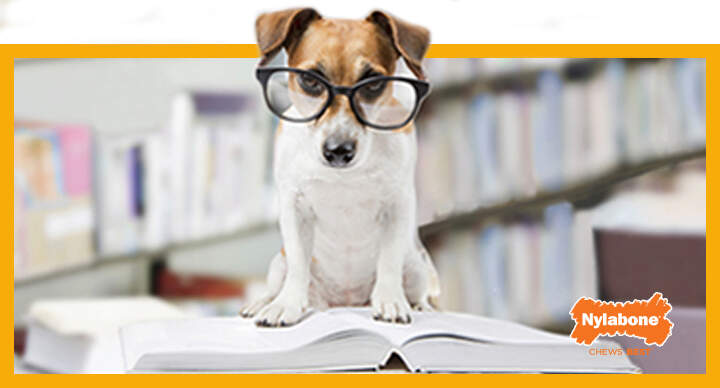
To introduce the down command, begin by having your dog in a sitting position. Hold a treat close to their nose and slowly lower it straight down towards the ground. As their nose follows the treat, their body should naturally follow suit and lie down. Once they are in the down position, immediately praise and reward them with the treat.
Repeat this process several times, gradually adding in the verbal cue "down" as they start to understand what you want them to do. Be patient and consistent with your training sessions, keeping them short and frequent for optimal results.
As your dog becomes more comfortable with the command, you can start introducing distractions to test their obedience. Remember to always reward and praise them when they successfully follow the down command, reinforcing their understanding and encouraging continued progress.
Teaching the leave it command

To teach the "leave it" command to your dog, follow these steps:
- Start with a treat in your closed hand and show it to your dog.
- Close your hand, preventing your dog from getting the treat.
- Say "leave it" firmly but calmly.
- Wait for your dog to stop trying to get the treat and redirect their attention to you.
- As soon as they do, praise and reward them with a different treat from your other hand.
- Repeat this process several times, gradually increasing the difficulty by placing the treat on the ground or in an open hand.
- Remember to reward your dog every time they successfully leave the treat alone.
Consistency is key when teaching the "leave it" command, so practice regularly in different environments with varying distractions.
Troubleshooting Training Issues

Dealing with stubbornness or resistance is a common challenge faced during dog training. If your furry friend is not responding to commands or seems uninterested, it's important not to get discouraged. Instead, try adjusting your approach. First, make sure you are using positive reinforcement techniques and offering enticing rewards. Breaking down the command into smaller steps can also make it more manageable for your dog. Consistency in training sessions and patience are key when dealing with stubbornness.
Leash pulling and jumping can also be frustrating behaviors to address. To tackle leash pulling, consider using a front-clip harness or head collar to provide more control. As for jumping, teach your dog an alternate behavior like sitting or staying when they greet people. Consistency in practicing these new behaviors and rewarding good behavior will help overcome these issues over time.
Remember, each dog is unique, so it may take some trial and error to find the right solutions for training issues. Stay patient, maintain a positive attitude, and consult with a professional trainer if needed. With perseverance and consistent training, you'll be able to overcome any challenges that arise during the training process.

Dealing with stubbornness or resistance in dogs can be a common challenge during training. When faced with a stubborn or resistant pup, it's important to remain calm and patient. One effective strategy is to break the training task into smaller, more manageable steps. This allows the dog to find success in each step, gradually building confidence and motivation.
Another approach is to use high-value rewards that are especially enticing for your dog. These can include treats, toys, or praise that they find particularly rewarding. By keeping the training sessions short and engaging, you can help maintain focus and prevent frustration.
Consistency is key when dealing with stubbornness or resistance. It's important to set clear expectations and reinforce desired behaviors consistently. Additionally, employing positive reinforcement techniques can be helpful in motivating your dog and rewarding their progress.
By understanding your dog's individual personality and needs, and tailoring your approach accordingly, you can overcome stubbornness or resistance during training and achieve success together.
Handling leash pulling and jumping
When it comes to teaching your dog proper leash manners, it's important to address common issues such as leash pulling and jumping. Leash pulling can make walks frustrating and uncomfortable for both you and your dog. One effective technique is to stop walking as soon as your dog starts to pull. This teaches them that pulling will not get them any closer to their desired destination. It's also important to reward your dog for walking nicely on a loose leash with treats or praise.
Jumping, on the other hand, can be a challenging behavior to break. One strategy is to turn away and ignore your dog when they jump up on you or others. By removing attention, you're teaching them that jumping won't garner the desired response. Consistency is key in addressing both leash pulling and jumping, so make sure everyone in the household follows the same rules and techniques. With patience and practice, you can help your dog learn appropriate behavior while on a leash.
Celebrating Training Success

Celebrating Training Success
When it comes to dog training, celebrating your pet's success is an important part of the process. Positive reinforcement plays a crucial role in reinforcing desired behavior, so when your dog successfully accomplishes a command or demonstrates improved behavior, it's time to celebrate!
One way to celebrate training success is through verbal praise and affection. Give your dog plenty of praise, using a happy and enthusiastic tone of voice to express your delight. This positive feedback will help reinforce the behavior and encourage your dog to continue obeying commands.
Additionally, you can reward your furry friend with treats or their favorite toy as a special reward for their efforts. This further reinforces the idea that they have done something right and encourages them to repeat the good behavior.
It's important to remember that celebrations should be immediate and consistent, as dogs associate rewards with their recent actions. By acknowledging and celebrating your dog's successes during training sessions, you'll create a positive and motivating environment that will help them learn even faster.
As training progresses, it's essential to keep practicing commands regularly to solidify what they have learned. Maintaining consistency in training sessions will ensure that the learned behaviors become ingrained habits. Continue to celebrate each milestone along the way, no matter how small, as this encourages ongoing progress.
In conclusion, celebrating training success is an essential aspect of effective dog training. Verbal praise, rewards, and consistent practice all contribute to reinforcing desired behaviors and creating a positive learning experience for your furry companion. So remember to acknowledge and celebrate each accomplishment during your training sessions - it will go a long way in shaping a well-behaved and happy dog.
Reinforcing training accomplishments

To reinforce training accomplishments, it is important to reward your dog for their efforts. Positive reinforcement is a powerful tool in training, as it encourages desired behavior and strengthens the bond between you and your furry friend. When your dog successfully follows a command, such as sitting or staying, immediately praise them with verbal cues like "good job" or "well done" in an enthusiastic tone. You can also offer small treats or engage in playtime as a reward. Consistency is key when reinforcing training accomplishments, so find what motivates your dog and use it consistently to reinforce their good behavior. Remember to always be patient and encouraging throughout the training process.
Tips for ongoing training and reinforcement

Consistency is key when it comes to ongoing training and reinforcement for your furry friend. Here are some helpful tips to keep in mind:
- Practice regularly: Make sure to incorporate short training sessions into your daily routine to reinforce commands and keep your dog's skills sharp.
- Use positive reinforcement: Continue to reward good behavior with treats, praise, or toys to motivate your dog and encourage them to obey commands.
- Gradually increase difficulty: As your dog becomes more proficient in basic commands, gradually introduce new challenges and advanced commands to keep their training progress moving forward.
- Be patient and persistent: Remember that learning takes time, so stay patient and persistent even if your dog doesn't get it right away.
- Seek professional guidance if needed: If you encounter specific training challenges or issues, consider consulting with a certified dog trainer who can provide specialized guidance and support.
- Maintain a positive attitude: Dogs can sense your emotions, so try to stay positive and upbeat during training sessions. Your enthusiasm will help create an enjoyable learning experience for both of you.
By following these tips, you'll be well on your way to unlocking the secrets of training success for your beloved canine companion. Happy training!




0 Comments